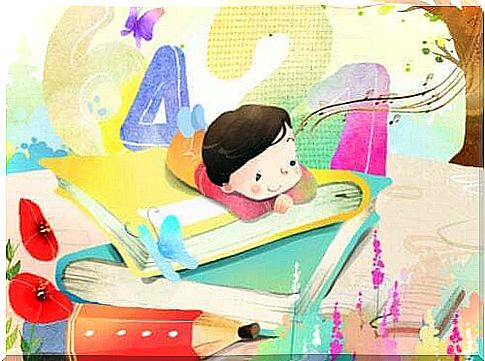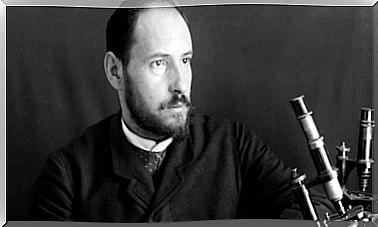Medieval Tales With Morals For Children

Seen by many as a dark age full of atrocities, the Middle Ages are certainly not considered the best historical moment to draw inspiration from. Yet, it is not to be condemned in toto. A good example of this are the medieval tales with morals that we present in this article.
Despite the passage of time, these tales can be interpreted with the eyes of the present. We can read them to children during early childhood, ie between 0 and 7 years, adapting them to our times without distorting their essence and their meaning.
Why choose medieval tales?
Instead of viewing the Middle Ages as a dark stage full of deceptions and illiteracy, we can transform it through its stories into a time of chivalry, jousting and princesses that can enrich children’s imaginary worlds.
Of course, once the child is 6-7 years old, it is advisable to stop gradually sweetening the stories. Thus, he will understand the world better, will know the reasons for evolution and the current forms of thought starting from medieval, classical, modern, etc.
In this article we present some medieval tales with ideal morals to stimulate the imagination of children thanks to the presence of magical beings and fantastic events. These will stimulate the imagination and imagination, useful and necessary for cognitive and behavioral development.
Medieval tales with morals for children
Wizard Merlin and King Arthur
If there is a story that children love, it is surely the one that tells the friendship between the wizard Merlin and Arthur Pendragon, who will go down in history as the famous King Arthur of Camelot.
In fact, the tale of Merlin and Arthur contains many other stories, customs and legends which, apparently, were typical during the Middle Ages to give the British Isles an almost mystical touch; lands of magic, noble and powerful maiden knights.
Legend has it that the magician Merlin looked after the son of King Uther, raising him in the bosom of a noble family that did not know that Arthur, as he baptized the young man, was actually the future king of Camelot. Furthermore, according to legend, Arthur was the only one able to extract the magical sword Excalibur from the stone in which his father had set it.
From the stories of Merlin and Arthur, children can draw numerous teachings such as the value of humility, thanks to which Arthur becomes the greatest king of England. The great friendship that arises between Merlin and the young monarch will help them counter the ambition of Arthur’s sister, who betrays Merlin to end her brother’s reign.
Morgana’s plans fail miserably in the face of the courage, friendship and strength of the Knights of the Round Table.
The Fire Princess
The medieval tales have as protagonists legendary kings and warriors and virtuous princesses in line with the morals of the time. It is no coincidence that their purpose was both informative and didactic and educational.
In a world dominated by poverty and misery, humility was a very important value. This story has as its protagonist a wise princess who, tired of dealing with silly and superficial suitors, decides to ask them for a gift as precious as it is sincere and tender at the same time. Only those who succeed will be granted his hand.
Between crowns, large gifts and spectacular bouquets of flowers, the princess will be intrigued by the gift of a young man: a stone.

The moral: what did the princess learn?
That stone symbolized the heart of the young man, hard and cold. Only by throwing it into the fire did the princess discover that it was truly pure, because a beautiful golden image emerged from it. Thus the princess learned to distinguish the important from the superficial and chose to dedicate her life to her kingdom, giving her subjects books and education instead of meaningless gifts and riches.
Why read medieval tales to children?
Medieval tales drawn from oral tradition mix legend and fantasy with an interesting morality. Their playful function, but at the same time didactic, makes them suitable for children, especially during early childhood, and always up-to-date.








